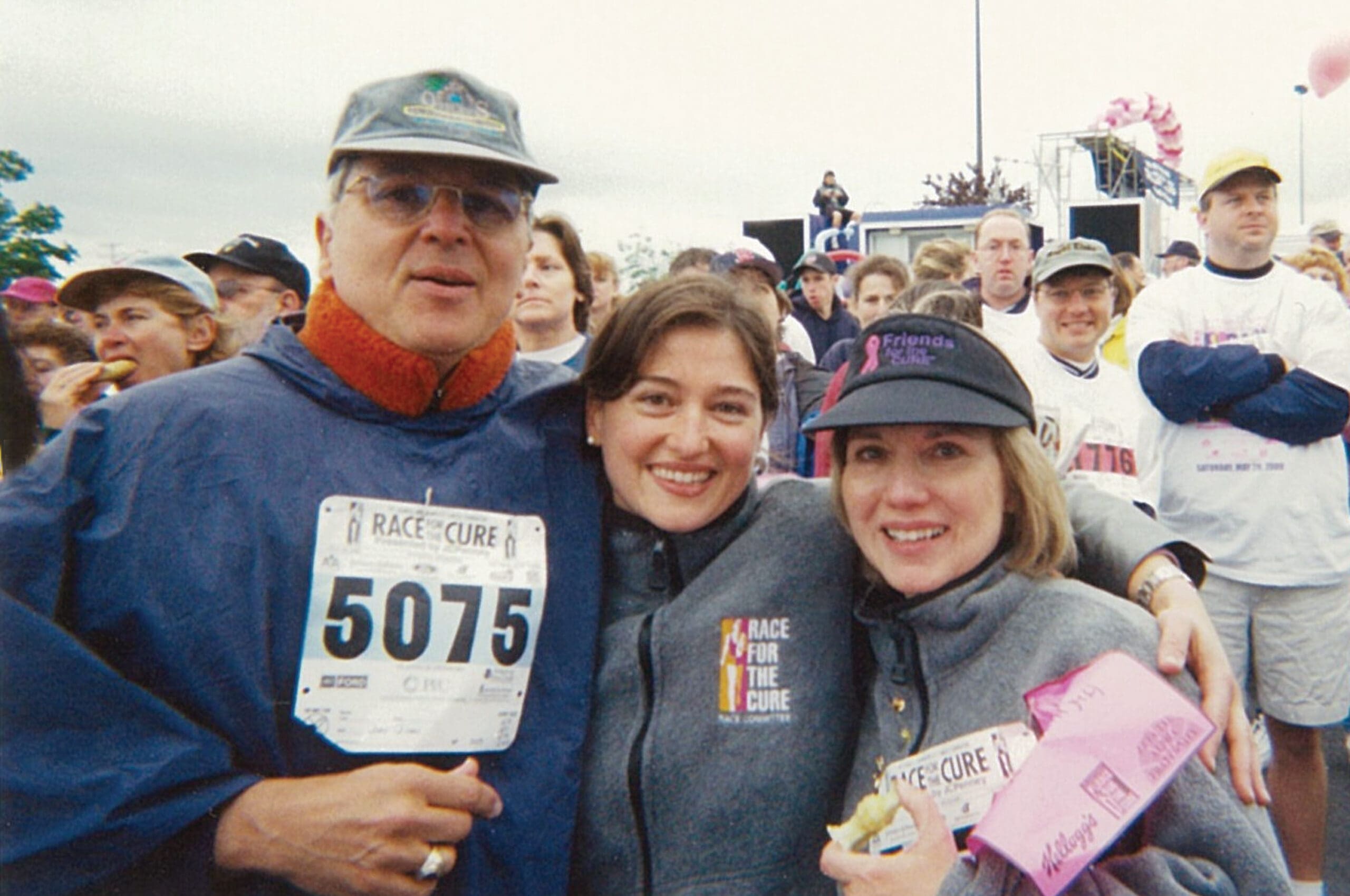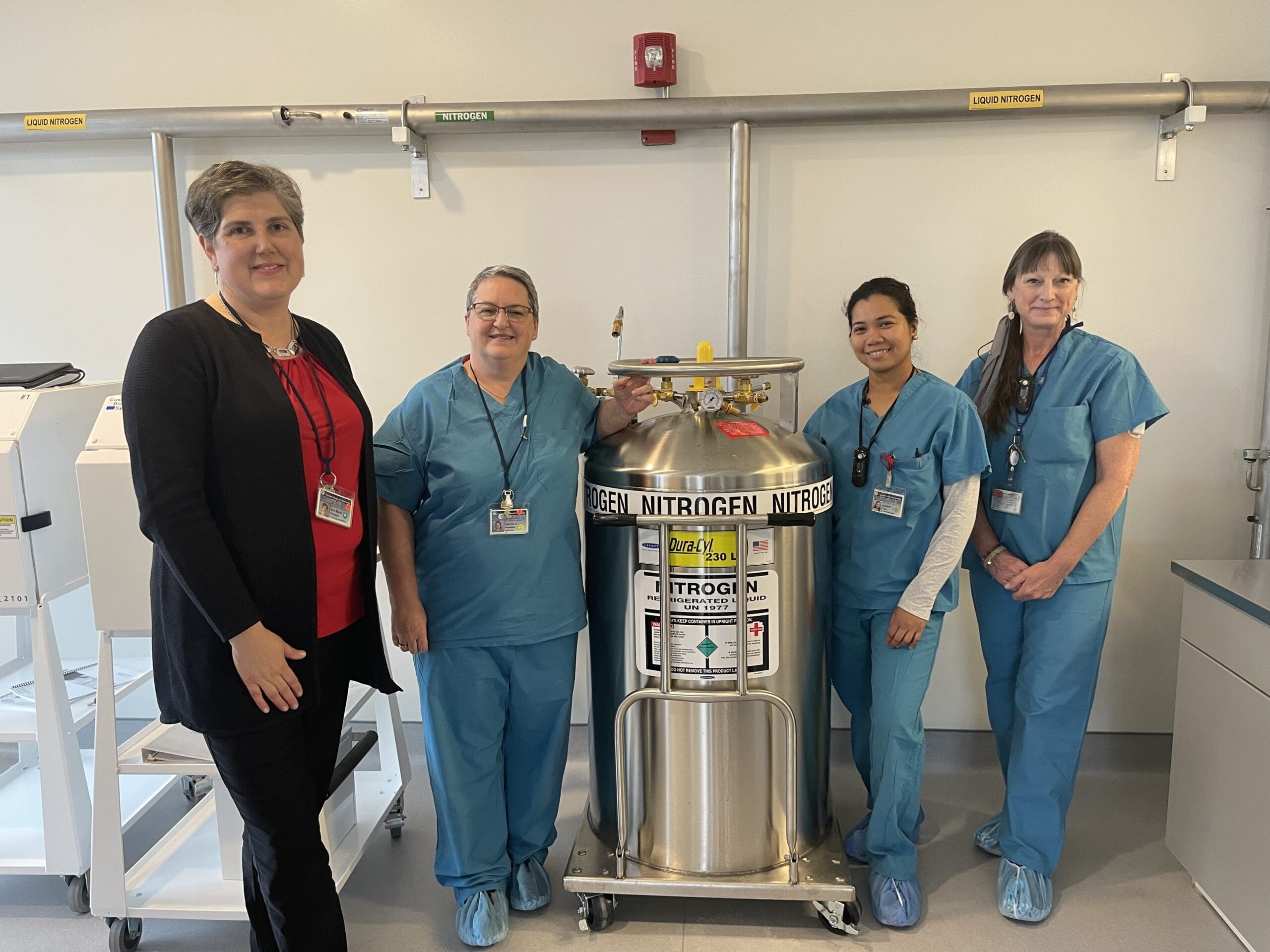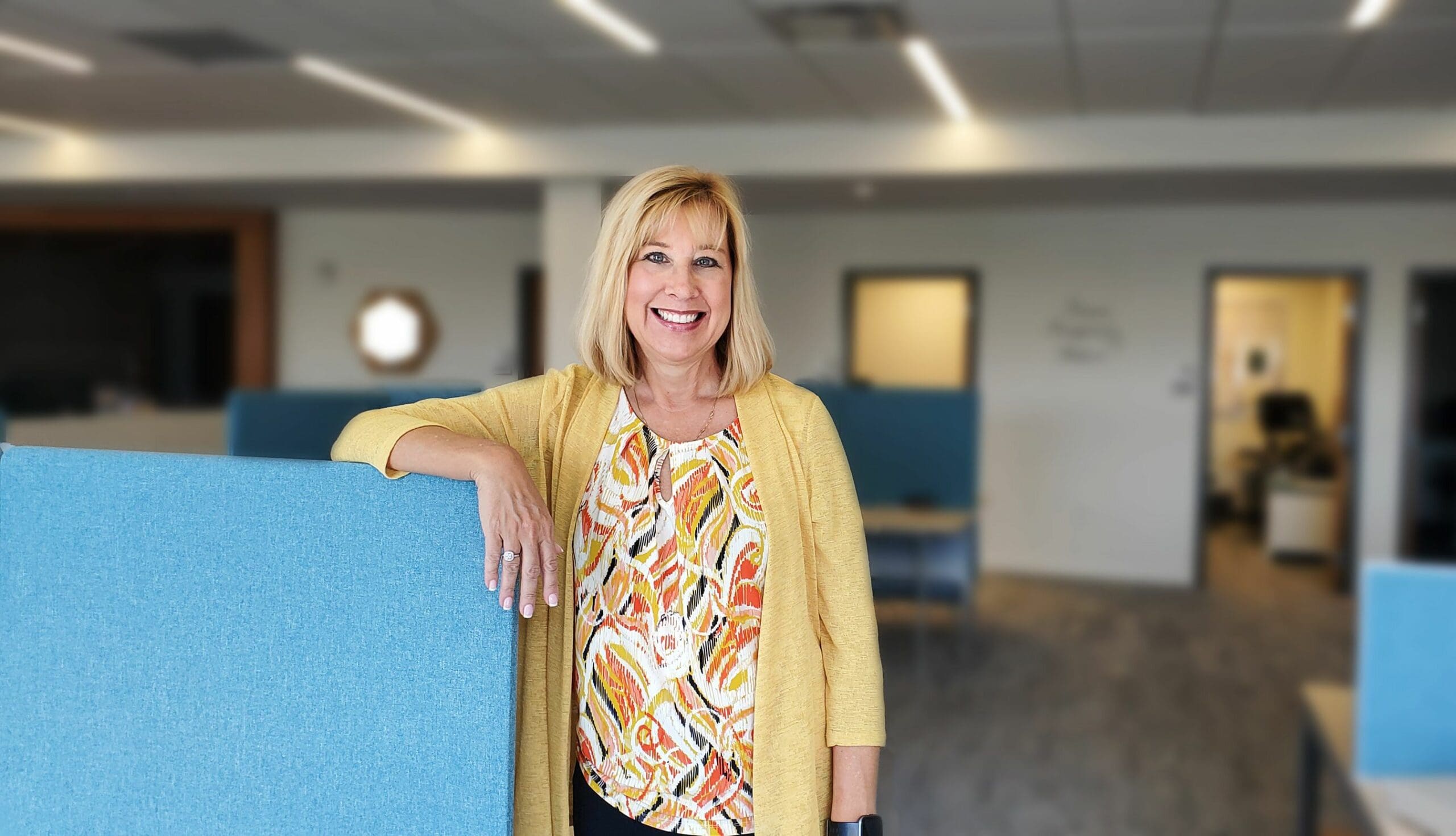A Blueprint to the Best Living after 50
The general consensus in our culture is that growing old is a dreaded part of being human, and should be avoided at all costs. The longer we can stay looking youthful, the more we outsmart the inevitable painful and depressing decline. Many of us hate to think of ourselves as aging, and use denial as a defense. After all, everyone knows where we are headed, and it’s not a pleasant thought.
Although attitudes are changing as more and more of us fit the older demographic, there are still powerful negative beliefs on what it means to age. All one has to do is flip through a typical women’s magazine to see all the ads promising to reverse the inevitable. The fervor with which they sell these products makes it seem like they’re offering a cure for a horrible disease.
When asked to come up with words to describe older people, many of my seminar participants will recite the following: frail, weak and dependent. Not often does one hear words like wise, elegant, mature or dignified. And just like women still say, “I’m so fat!”, it’s perfectly OK to say, “I’m so old,” without being called out. Ageism is one of the few prejudices that is still acceptable. And not only is that unfortunate and counterproductive, it’s a health risk.
How well we age has everything to do with our attitude about getting older.
Think that is a bit of a stretch? Consider this: People with positive attitudes toward aging live, on average, seven and a half years longer than those who don’t. That’s something to consider the next time you want to say something self-deprecating about needing reading glasses.
Many of us considering how to be most healthy and vibrant as we age focus on exercise and diet. It’s true that exercising helps keep one’s brain younger, and has a multitude of benefits. On the other hand, exercising with grim determination isn’t always as beneficial as one might think. Being critical of one’s body and exercising in a punitive way can actually produce stress hormones that cause weight gain.
The more you add pleasure to exercising — or any healthy habit, for that matter — the happier your body and psyche will be. The Dali Lama is fond of saying, “Happiness is the highest form of health.”
As for diet, you might have noticed that diet advice changes like the weather. One minute, fats are out. The next, we’re adding butter to our coffee.
Good advice is the most sensible. Eat whole foods as much as you can. Enjoy and savor your food. Eat more vegetables. And eating Oreos once in a while won’t kill you. These guidelines are not as sexy as the trending diets, but they’re more physically and mentally sustainable.
Another important aspect of aging with vitality is how you approach your day. There has to be something to get you out of bed in the morning. Curiosity and engagement are vital elements in aging with verve.
What excites you? If you have never had the luxury of asking yourself this question and you’re stumped, think about what used to make time fly before you had the responsibilities of an adult. Was it sketching? Model making? Bowling?
People’s interests are fairly consistent during their lifetimes. Focus on yours, and then think of what you might like to learn to grow. I’m considering taking swimming lessons so I can learn how to breathe properly while doing the crawl. That will be a bit of a challenge for me, but that’s exactly the point.
Happiness usually appears when we are right on the edge of learning something new and are totally in the moment, sometimes known as “flow.” So having a tried and true activity in addition to something intriguing is a great formula for making your brain and psyche happy.
What have you always dreamed of doing? What would you regret if you never tried it? These kinds of questions can be really helpful in designing a blueprint to encourage true health and wellness. SWM
Nicole Christina, LCSW, is a Syracuse-based psychotherapist and author, and creator of the webcourse: “Greying and Grateful; Thriving at Middle Age and Beyond.” You can find more at NicoleChristina.com.





